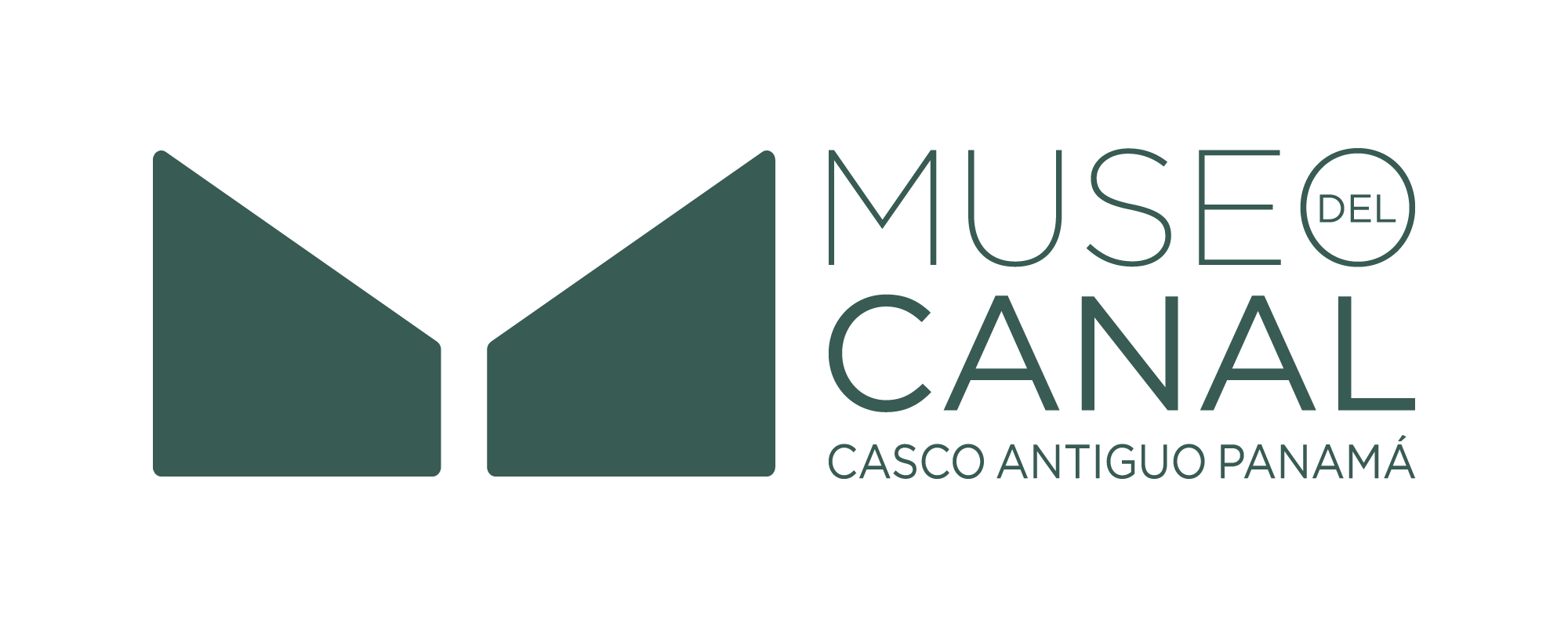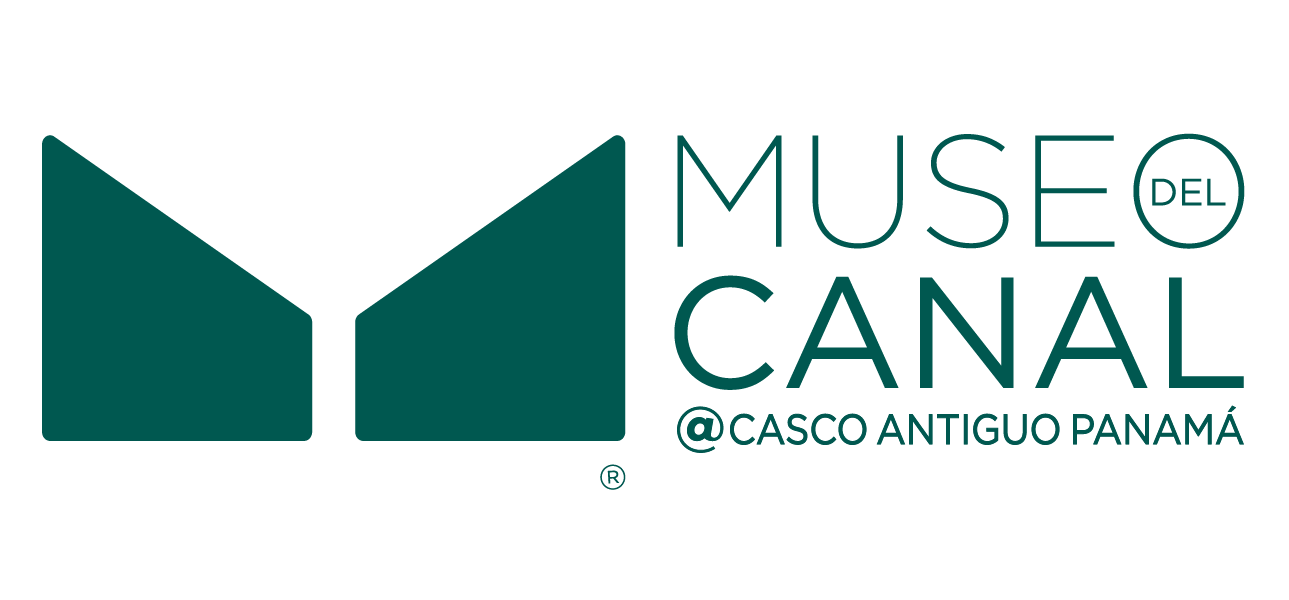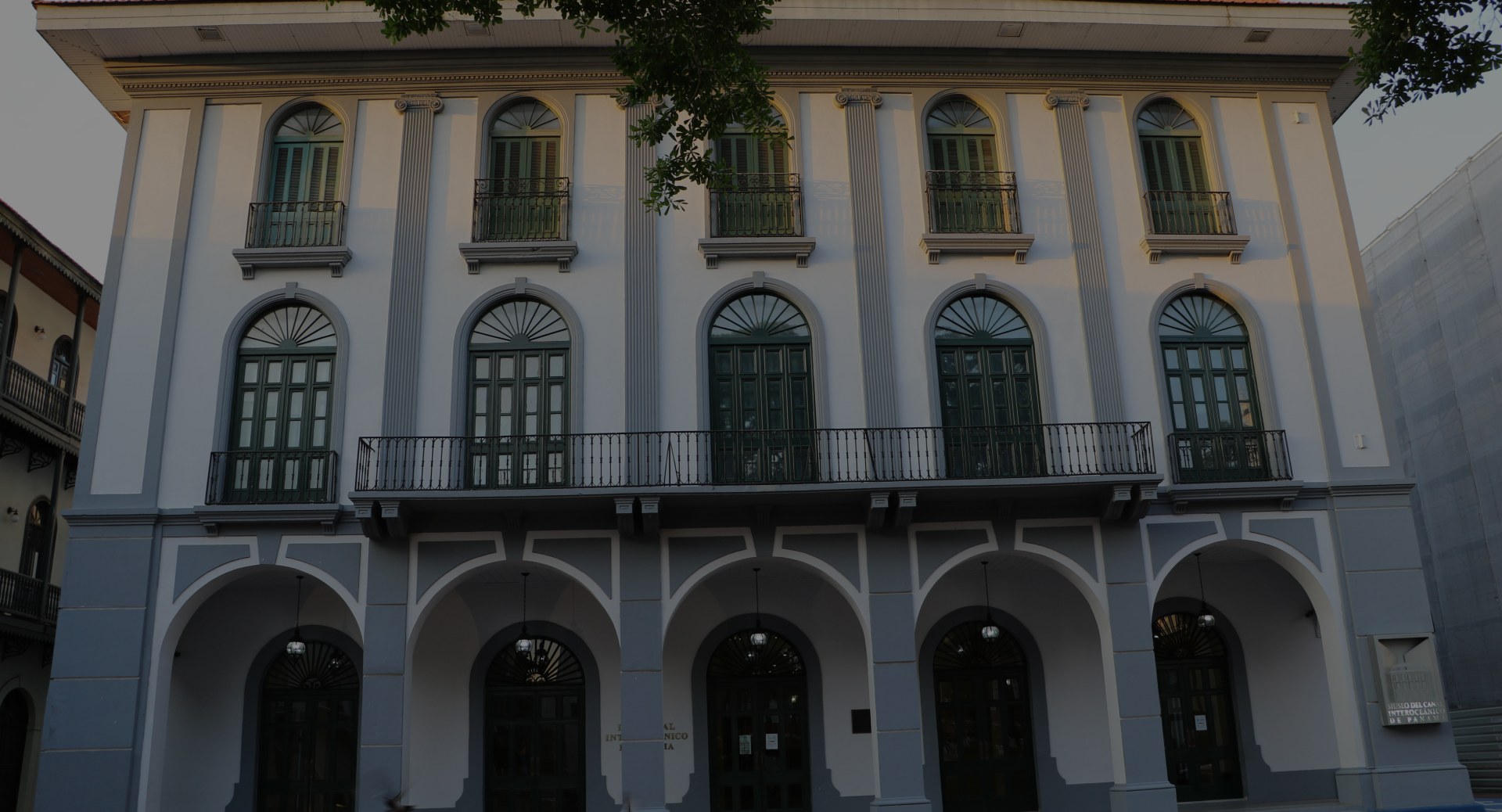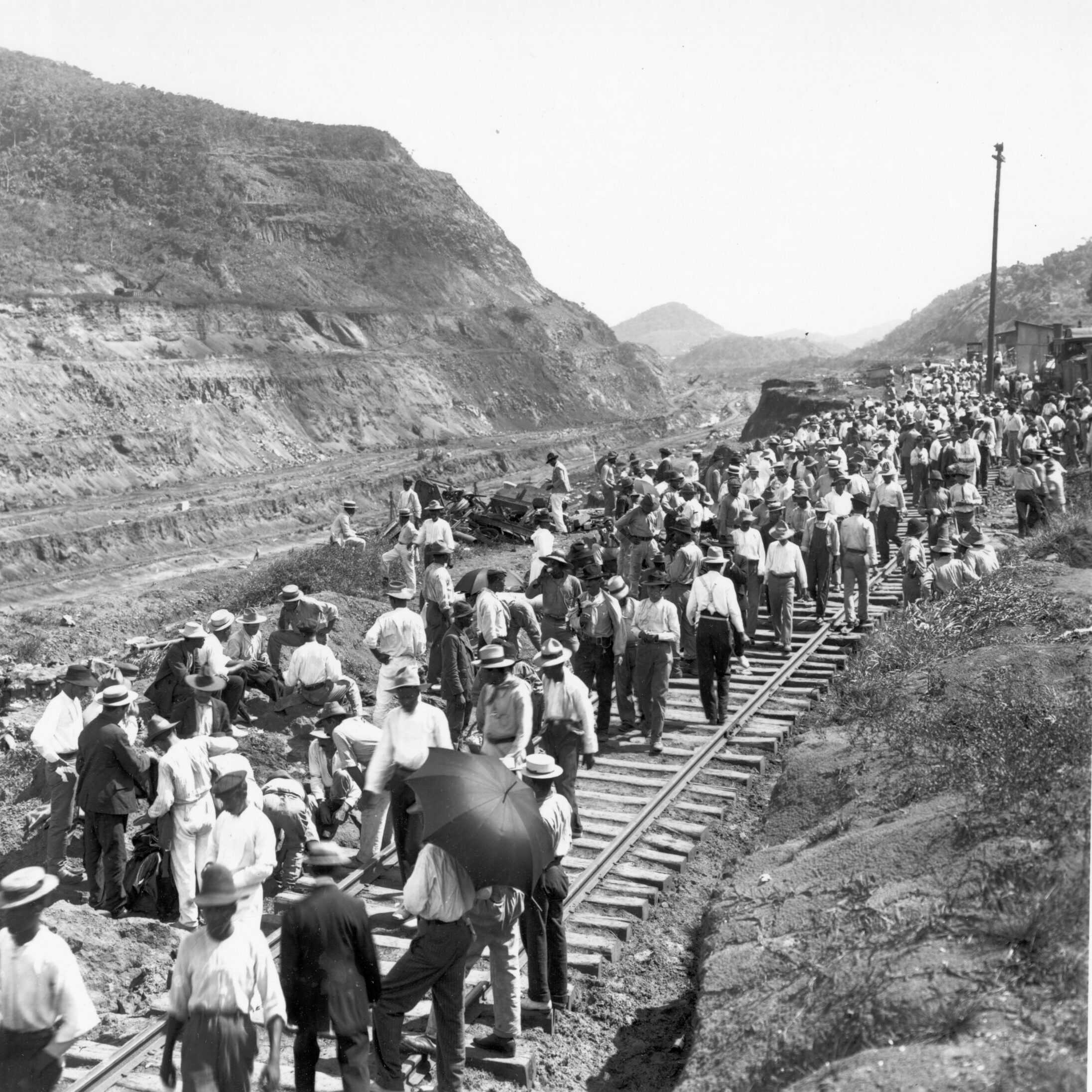
El proyecto del canal nuclear
21/11/2023
By Esteban Zabala
La propuesta de un canal a nivel del mar implicaba que los Estados Unidos permaneciera en Panamá hasta el 2067. El Museo del Canal Interoceánico nos invita a descubrir las causas del fracaso del Tratado Robles-Johnson.
En la segunda mitad del siglo XX, las misiones negociadoras de Panamá y los Estados Unidos habían acordado trabajar en torno a tres temas diferentes para cubrir las prioridades de ambos países: por un lado, la solicitud de Panamá de recuperar su soberanía total; por otro lado, el interés de los Estados Unidos de construir un nuevo canal y de continuar con la defensa militar del hemisferio.
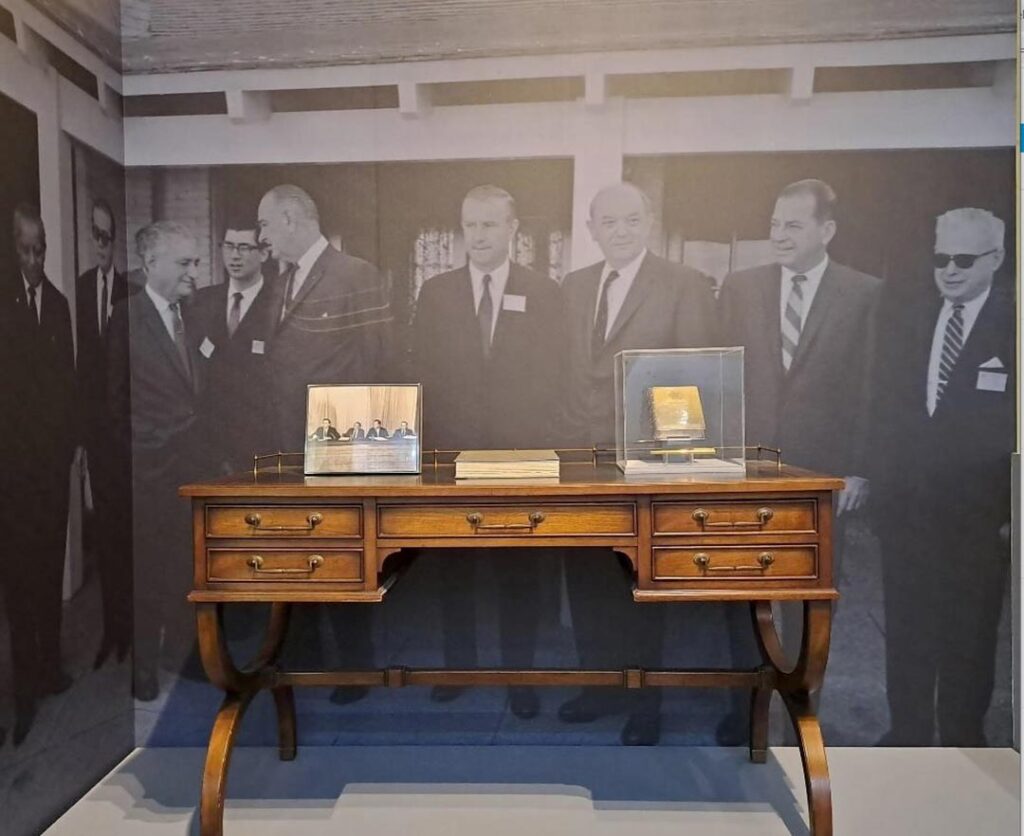
Este proceso llegaría a su clímax el 21 de junio de 1967 con la aprobación de los textos de los proyectos de tratados por ambas misiones negociadoras: Tratado Concerniente al Canal de Panamá, Tratado de Defensa y Neutralidad, y Tratado Concerniente a un Canal a Nivel del Mar. Este paquete de tratados sería conocido como los Tratados Robles-Johnson, en reconocimiento a los presidentes de ambos países, el panameño Marco Robles y el estadounidense Lyndon B. Johnson.
Por ser de interés el canal atómico, para los fines de este texto nos centraremos en el Tratado Concerniente a un Canal a Nivel del Mar y su contenido, el cual era de alta prioridad para los Estados Unidos, pues su preocupación era la supuesta pronta obsolescencia del canal de esclusas.
Uno de los principales puntos del Tratado Concerniente a un Canal a Nivel del Mar era el de tierras y aguas, pues según lo establecido por este acuerdo, Panamá debía proveer las áreas de aguas y tierras necesarias para construir la obra, pero ejercería su soberanía sobre dichos territorios. Además, se consideraba en el tratado, la posibilidad de construirse el canal a nivel del mar con bombas atómicas; sin embargo, si esto llegaba a ser el método de excavación, el permiso a la República de Panamá debía ser solicitado para tal propósito.
Este canal a nivel, al igual que el Canal de Panamá, estaría administrado por una entidad jurídica, en este caso denominada Comisión del Canal Interoceánico de Panamá, que tendría una junta directiva compuesta por cuatro panameños y cinco estadounidenses. Así mismo, dicha comisión estaría administrada por un director estadounidense y un subdirector general panameño.

En términos generales, el Tratado Concerniente al Canal de Panamá y el Tratado Concerniente a un Canal a Nivel del Mar eran muy similares, la principal diferencia radicaba en que el primero disponía sobre un canal ya construido, mientras que el segundo trataba sobre un canal que se construiría.
Por tal razón, el Tratado Concerniente a un Canal a Nivel del Mar establecía que los Estados Unidos financiara la construcción del canal “panatómico“, pero si Panamá así lo permitía, otros países podrían participar en la financiación de su construcción. Sin embargo, la diferencia más radical entre ambos tratados era la vigencia de estos, es decir, el tiempo de validez de cada uno. A pesar de que cada tratado contaba con su propia fecha inicial y final, estas podían cambiar dependiendo de ciertas condiciones e, incluso, la fecha final del Canal de Panamá estaba estrechamente ligada con el del Canal a Nivel. Por ejemplo, según el Artículo XLI del Tratado Concerniente al Canal de Panamá: – el Tratado del Canal de Panamá entraría en vigor al ser ratificado por ambos países y estaría en vigencia hasta el 31 de diciembre de 1999; – sin embargo, si un canal a nivel del mar fuese abierto antes del 31 de diciembre de 1999, el Tratado Concerniente al Canal de Panamá terminaría cuando haya transcurrido un año desde la fecha de apertura de dicho canal a nivel del mar;-pero, en el caso de que para el 31 de diciembre de 1999 los Estados Unidos hubiesen comenzado la construcción del canal a nivel, el Tratado Concerniente al Canal de Panamá terminaría o al haber pasado un año de ser abierto al tránsito el canal a nivel, o el 31 de diciembre de 2009 (Tratado Concerniente al Canal de Panamá, Art. XLI, 1967).

¿Cien años más?
Por otro lado, la vigencia del Tratado Concerniente a un Canal a Nivel del Mar resultó mucho más polémica en Panamá, pues este tendría una vigencia máxima de 60 años, siendo la fecha límite para expirar el 31 de diciembre de 2067. Esto generó una gran alarma en el país, pues en ese momento, representaba extender la presencia de los estadounidenses en Panamá otros 100 años.
Sumado a esto, el impacto social y ambiental también fueron puntos importantes de las críticas en contra de los Tratados, tanto en Panamá como en los Estados Unidos. La potencia norteamericana vivió una creciente ola de críticos ambientalistas que no veían viable la construcción de un canal con medios nucleares, tanto por las posibles afectaciones de la radiación producto de la detonación de las bombas, como por la modificación de la geografía y de la biota marina al crear un paso ininterrumpido entre los océanos Atlántico y Pacífico.
Este también fue un asunto tratado por los investigadores que realizaron estudios sobre el canal atómico en Panamá. En 1965, el ingeniero Francisco Morales Jr. envió un informe al canciller panameño, Fernando Eleta, en donde daba sus recomendaciones sobre este tema. Uno de
los puntos que mencionó Morales, y que estuvo presente en otros estudios, fue el Tratado de la Prohibición Parcial de los Ensayos Nucleares en la Atmósfera, el Espacio Exterior y Bajo del Agua, también conocido como Tratado de Moscú de 1963, que proscribía las pruebas de armas nucleares en la atmósfera, el espacio ultraterrestre y debajo del agua (Tratado sobre Prohibición de Ensayos, 1963), el primero de una serie de tratados que limitaría el ensayo y uso de armas nucleares, incluso para fines no bélicos.
Estos acuerdos multilaterales, los cuales entre sus firmantes estaban Panamá y los Estados Unidos, prohibía todas las pruebas de detonaciones de armas nucleares exceptuando las pruebas realizadas en el subsuelo. Adicionalmente, este tratado prohibía el ensayo de armas nucleares dentro del territorio de un Estado si los residuos radioactivos de dichas detonaciones sobrepasaban los límites de dicho país. Este problema fue apuntado por Morales en su informe, ya que, de hacerse el canal a nivel del mar con métodos nucleares por la ruta 17 Sasardí- Mortí en Panamá, los desechos radioactivos producto de las explosiones podrían llegar y afectar ciudades en Colombia y viceversa.
Al Tratado de Moscú de 1963 luego se le agregó el Tratado para la Proscripción de las Armas Nucleares en la América Latina, o Tratado de Tlatelolco de 1967, que complicaría aún más la posibilidad de construir un canal con métodos nucleares en Panamá y, en general, la carrera armamentista que se estaba llevando a cabo en el contexto de la Guerra Fría.
A pesar de la presión de los ambientalistas estadounidenses en contra de este proyecto, fue, quizá, el contexto político y social panameño lo que más influyó en el declive de estos proyectos de tratados. Para saber más del desenlace del canal “panatómico” te invitamos a leer la próxima entrega de este tema y visitar la nueva sala «Ruta por la Soberanía: 1964- 1999» en el Museo del Canal Interoceánico de martes a domingo de 10:00 a.m. a 6:00 p.m.
